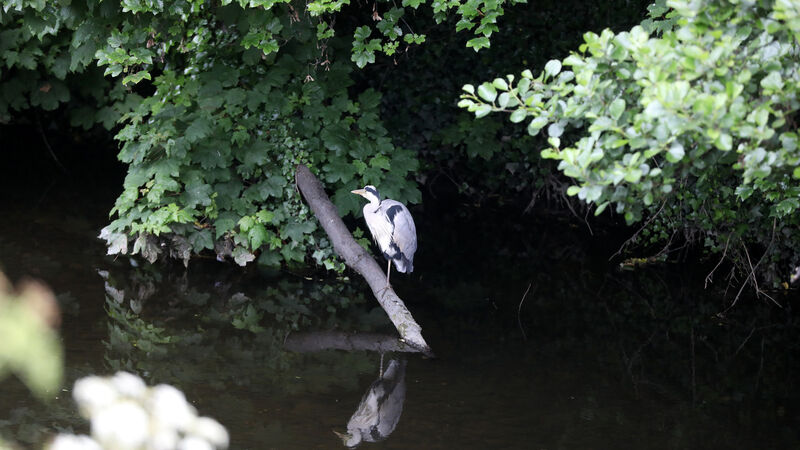Agriculture the primary culprit as water quality fails to improve

The EPA said nitrogen was too high in 40% of river sites and in 20% of estuarine and coastal water bodies. File picture: Leah Farrell/RollingNews.ie
There was no real improvement in the water quality of Irish lakes, rivers, and coasts last year, with agriculture the primary culprit for pollution, according to the State's environmental watchdog.
The Environmental Protection Agency (EPA) said fertilisers and manure had exacerbated nitrogen and phosphorus levels in the country's rivers and lakes.
Nitrogen levels in rivers and groundwater increased overall between 2021 and 2022, the EPA said.
It added nitrogen was too high in 40% of river sites and in 20% of estuarine and coastal water bodies. In addition, it said, phosphorus levels were too high in 28% of rivers and 36% of lakes.
Nitrate is a nutrient that is essential for plant growth, but too much in a body of water can lead to the overgrowth of plants and algae.
They then outcompete and displace other flora and fauna, and can also cause oxygen depletion, which will damage the overall ecology of the bodies of water.
Like nitrogen, too much phosphorus in a water body can lead to the overgrowth which disturbs the ecosystem.
Areas in the South-East are particularly vulnerable, the EPA's Water Quality in 2022 report said.
The worst impacted estuaries for nitrogen exceedances are Glashaboy Estuary in Cork, Wexford Harbour, Upper Barrow Estuary in Kilkenny, Corock Estuary in Wexford, and Castletown Estuary in Louth.
The EPA said the agricultural industry along with Uisce Éireann, formerly known as Irish Water, must take action to address the issue.
Director of the EPA’s Office of Evidence and Assessment Dr Eimear Cotter, said: "Clean water is essential for our health and wellbeing, our economy and for wildlife. The failure to improve water quality in 2022 and over the longer term is extremely disappointing.
"We will not meet our water quality objectives until nutrient levels are reduced in those areas where they are too high. Addressing this must be a priority for the agriculture sector and Uisce Éireann to reduce the losses of nutrients to water.
"While we can see improvements happening in some areas, these are offset by declines elsewhere, so overall there is no discernible change in the biological quality of our rivers or lakes in 2022. Improvements need to be far greater and more widespread to translate into an improving national picture."
The EPA said the upcoming River Basin Management Plan must address water quality issues.
Europe has taken Ireland to task over water quality failures in lakes and rivers going back two decades.
Ireland's River Basin Management Plans are unveiled in six-year cycles, and the latest will bring it up to the EU's 2027 deadline.
In January this year, the European Commission said it was referring Ireland to the European Court of Justice (ECJ) for failing to correctly transpose the Water Framework Directive into national law.
EU member states were required to transpose the Water Framework Directive into national law by December 2003. Ireland initially adopted legislation, but the commission found it to be insufficient, it said.
The directive requires that all inland and coastal waters reach at least good status by 2027 at the latest.









